Learning how to draw is an achievable goal for anyone with the desire to learn and consistent practice. This comprehensive guide from LEARNS.EDU.VN breaks down the process into manageable steps, focusing on fundamental concepts and techniques. Discover your artistic potential and embark on a creative journey, enhancing your artistic journey and refining artistic skills. Dive in to find out ways to begin art journey.
1. Warm-Up Exercises: Preparing Your Mind and Hand for Drawing
Before diving into complex drawings, it’s crucial to warm up your hand and mind. This stage is about familiarizing yourself with your tools and loosening up your drawing muscles. Warming up enhances artistic journey.
1.1. Exploring Mark-Making Techniques
Grab a pencil or pen and experiment with different marks. Line work can be incredibly diverse. Create scribbles, doodles, dots, stipples, hatching, and zig-zag lines. Vary the pressure to see how it affects the lines. This playful exploration helps you understand what your pen can do. Keeping the practice enjoyable and playful is essential to maintain interest and motivation.
1.2. Hand-Eye Coordination Exercises
Take your exploration further by training your hand-eye coordination. Practice drawing straight and curved lines, both long and short. Draw circles, ellipses, and loose shapes like lying eights. Vary the size and pressure of your pen. Experiment with drawing from your entire arm by locking your elbow and wrist and moving from the shoulder joint. This will help you find the smoothest arcs. Fill a page with these exercises. The goal is to become more comfortable with the pencil and improve your control. Regular hand-eye exercises improve artistic skills.
2. The Foundation: Breaking Down Objects into Basic Shapes
All drawing skills are rooted in the ability to break down objects into basic shapes. These shapes include circles, rectangles, and triangles. If you can draw these, you can draw anything. This concept is the building block of all drawing.
2.1. Visualizing Basic Shapes in Real-Life Objects
When you look at an object, identify how you can break it down into basic shapes. For example, a rose, a house, or a bird can be reduced to simpler forms. It’s easier to draw a circle with a line attached and then refine it than to understand a complex flower immediately.
2.2. Creating a Loose Underdrawing with Light Linework
Use basic shapes to create a loose underdrawing. Start with very light linework and rough shapes, which you will refine in the next step. Focus on getting the proportions right and creating a solid foundation to work with. Don’t worry about perfect lines, shadows, or details at this stage. These gestural drawings should be loose and spontaneous, capturing the essence of the subject.
3. Refining Your Drawing: Angles, Edges, and Solid Lines
In the second step, refine your drawing with a solid outline. Observing your subject is more important than placing the line. Drawing involves both observing and learning to see. Refining your drawing builds foundations.
3.1. Checking Angles and Edges Against Your Subject
Use your gesture drawing as a basis and check all the angles and edges against your subject. Identify where you need to make adjustments. Observe the angles, shapes, and curves. Travel around the contour and be mindful of the proportions you’ve already explored. Correct any inaccuracies. Closely observe your subject before placing your lines. Draw what you see, not what you think you see.
3.2. Using Your Pencil as a Measuring Tool
Use your pencil as a measuring aid. Matching an angle with your pencil makes it easier to translate it to paper. Choose one contour line and define it with a solid line. Stay true to what you see in front of you. This ensures accuracy and enhances the realism of your drawing.
4. Practice Makes Perfect: The Power of Quick Sketches
Before finishing your drawing, take a step back and produce a lot of quick sketches to practice what you’ve learned. Grab an object and draw it from different angles. Aim for fluidity in your hand movements, making it seem easy to see a line and transfer it to paper. Creating many quick drawings is more beneficial than focusing on one perfect drawing at this stage. Short, regular sessions over several days yield better results than one long session per week. This practice reinforces your skills and builds confidence. Regular practice improves artistic skills.
5. Adding the Final Touches: Focus, Contrast, and Details
Make your sketch more rounded and finished. Ensure your basic framework and proportions are correct before proceeding. If not, start another drawing or correct the one you have. It’s okay to start over. Final touches enhances drawing.
5.1. Incorporating Contrast, Light, and Dark Areas
Add contrast, light, and dark areas, and a bit of detail, such as textures in a few places. Be cautious not to overdo the details. Focus on a few key areas to lead the viewer’s eye. Think back to the mark-making exercise and remember the different marks and lines your pencil can produce. Consider what kind of texture will be most fitting for your subject and add a bit of detail sparingly.
5.2. Adding Shadows to Show Volume
Add darker areas to show volume. Don’t overwork your sketch. You only need a few accents in your drawing. Squint slightly to see the values a bit easier when adding loose shadows.
6. The Importance of Repetition: Learning from Mistakes
The process for drawing involves:
- Starting with basic shapes and light lines to find the right proportions.
- Refining lines, checking angles, and adding solid outlines.
- Adding detail and texture, shadows, and highlights.
The key to getting good at drawing is to practice these skills a lot over time. Build your habit by putting a note somewhere to remind yourself. Mistakes are a part of the process. Don’t get hung up on them; they’ll help you learn and make your next drawing better. The hand needs time to understand these concepts and build muscle memory. Embrace your mistakes and trust the process.
7. Expanding Your Knowledge: Advanced Drawing Concepts
Once you’ve mastered the basics, explore more advanced drawing techniques. Learning concepts like seeing in 3D volumes, perspective, values, light and shadow, and foreshortening will significantly advance your skills. Understanding these concepts helps you create fully rounded drawings. Advanced concepts are essential to master drawing.
8. How LEARNS.EDU.VN Can Help You Master Drawing
At LEARNS.EDU.VN, we understand the challenges you face in finding quality learning resources. Many aspiring artists struggle with:
- Finding reliable drawing resources: The internet is flooded with tutorials, but it’s hard to know which ones are trustworthy and effective.
- Staying motivated: Learning to draw can be challenging, and it’s easy to lose momentum without proper guidance.
- Understanding complex concepts: Perspective, shading, and anatomy can be daunting for beginners.
- Finding effective learning methods: Not all teaching styles work for everyone, and it’s important to find a method that suits your individual needs.
- Knowing where to start: It’s overwhelming to figure out which skills to learn first and how to structure your learning.
LEARNS.EDU.VN provides solutions to these challenges by:
- Offering detailed, easy-to-understand articles: Our guides break down complex topics into manageable steps.
- Sharing proven learning methods: We focus on techniques that have been shown to be effective for various learning styles.
- Explaining complex concepts simply: We use visual aids and clear language to make challenging topics accessible.
- Providing clear learning paths: We offer structured learning paths to help you progress from beginner to advanced levels.
- Introducing useful learning resources and tools: We recommend resources and tools that can enhance your learning experience.
9. Essential Tools and Materials for Learning to Draw
Having the right tools and materials can significantly enhance your learning experience. Here’s a list of essential items every aspiring artist should consider:
| Tool/Material | Description | Benefits |
|---|---|---|
| Pencils | Graphite pencils in various grades (e.g., HB, 2B, 4B, 6B) | Versatility for different line weights and shading; HB is good for general drawing, while softer grades are ideal for shading. |
| Erasers | Kneaded eraser, plastic eraser, and a pencil eraser | Kneaded erasers are great for lifting graphite without damaging the paper; plastic erasers provide clean erasures; pencil erasers are for details. |
| Drawing Paper | Sketchbook with medium-weight paper (70-100 lb) | Provides a smooth surface for drawing; allows for multiple layers without tearing. |
| Sharpener | Manual or electric sharpener | Keeps pencils sharp for precise lines and details. |
| Blending Stumps | Tightly rolled paper stumps for blending graphite | Creates smooth transitions and soft shading effects. |
| Ruler | For drawing straight lines and measuring proportions | Ensures accuracy in architectural and technical drawings. |
| Drawing Board | Provides a stable surface to work on | Portable and allows you to draw comfortably in various locations. |
| Set of Markers | For bold lines and adding colors, a set of alcohol-based markers are highly recommended | Alcohol-based markers bleed less than water-based markers, giving a smoother and clean finish |
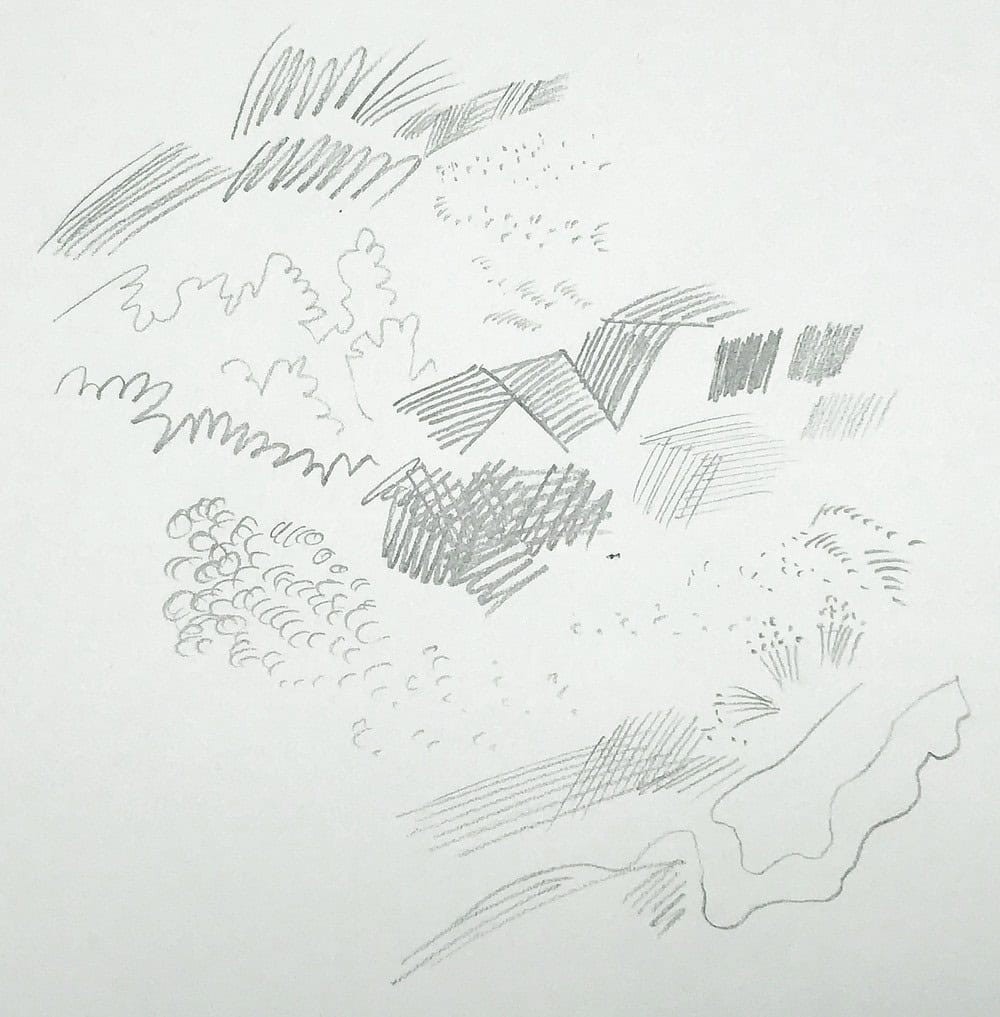
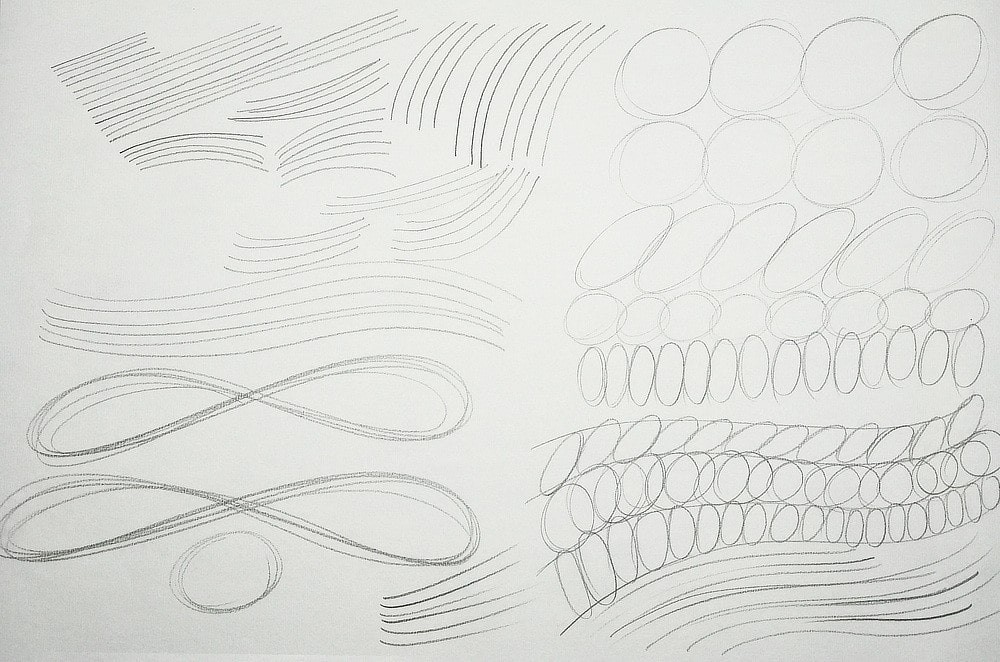
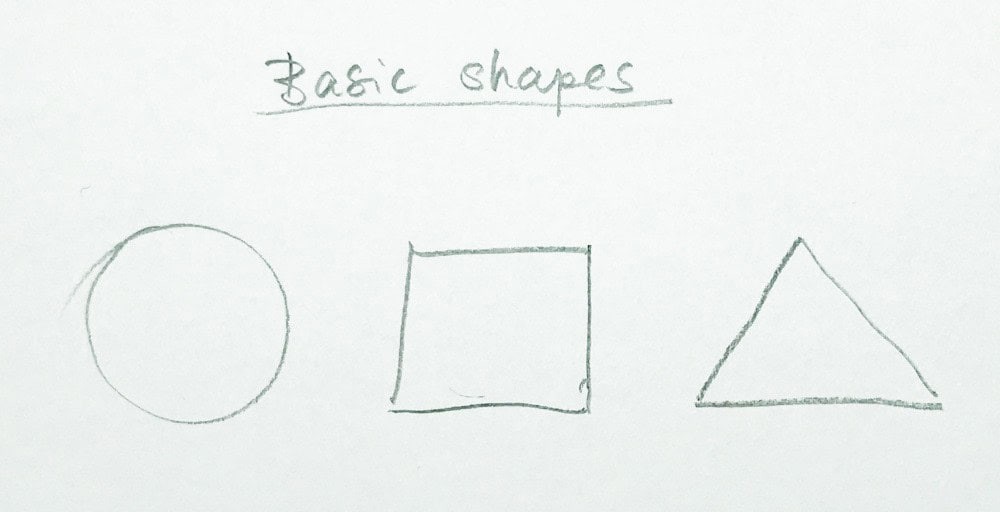
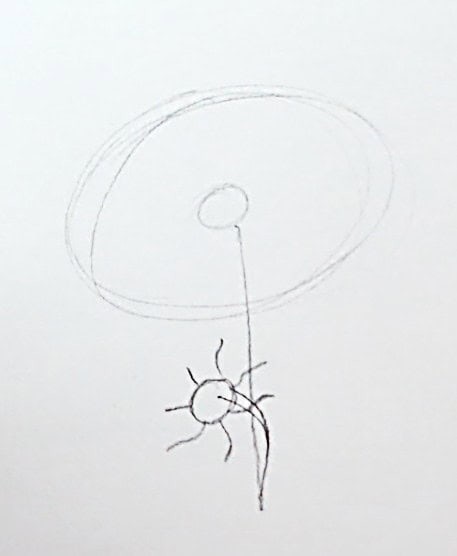
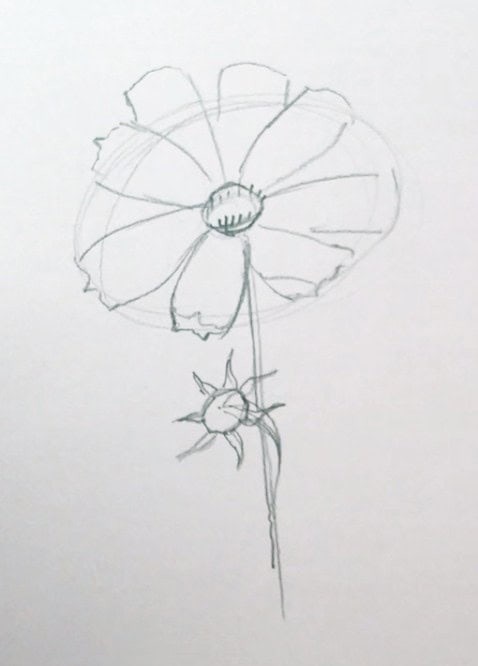
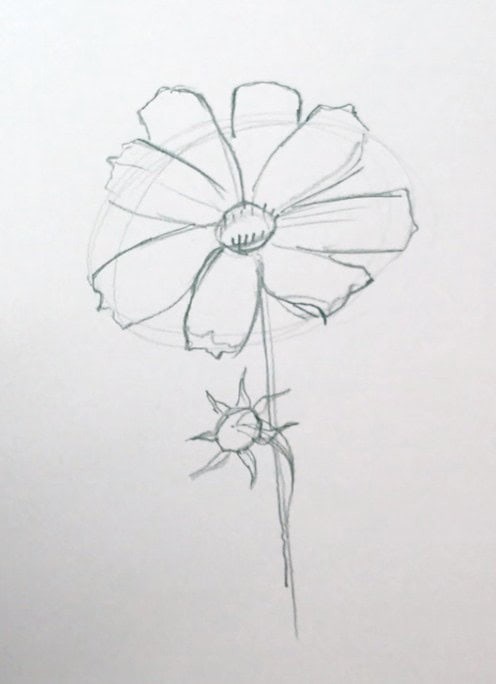
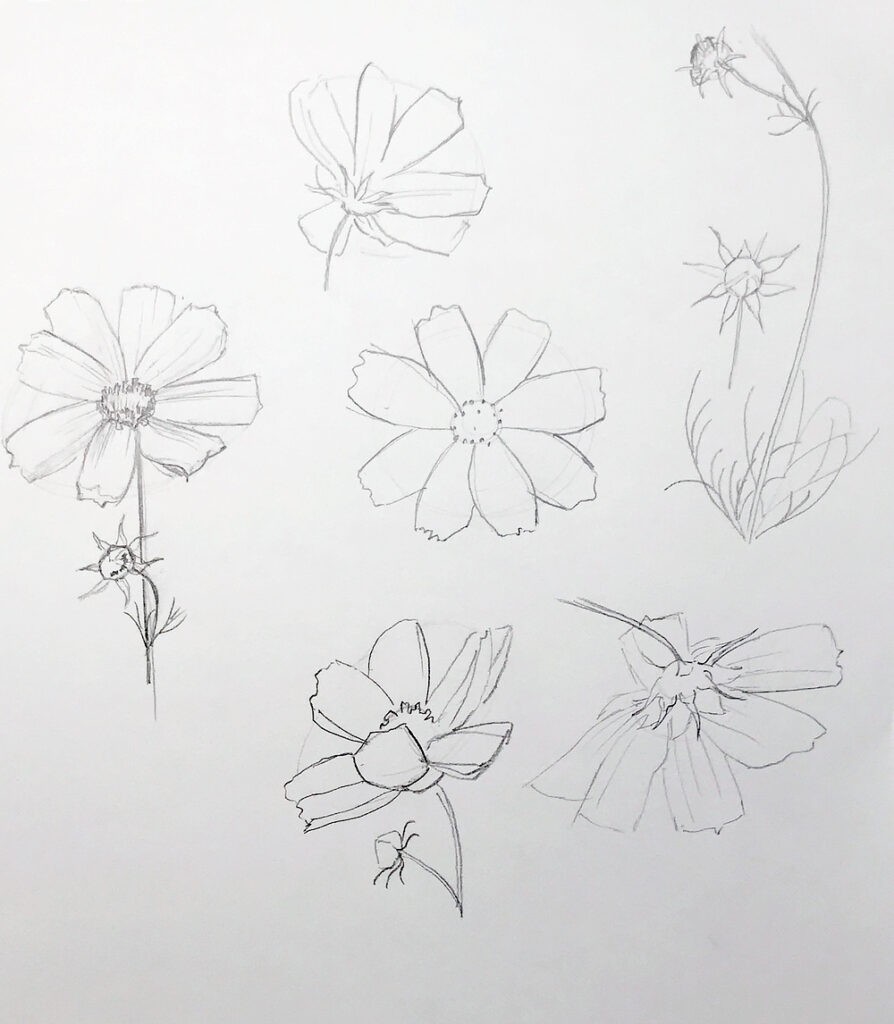
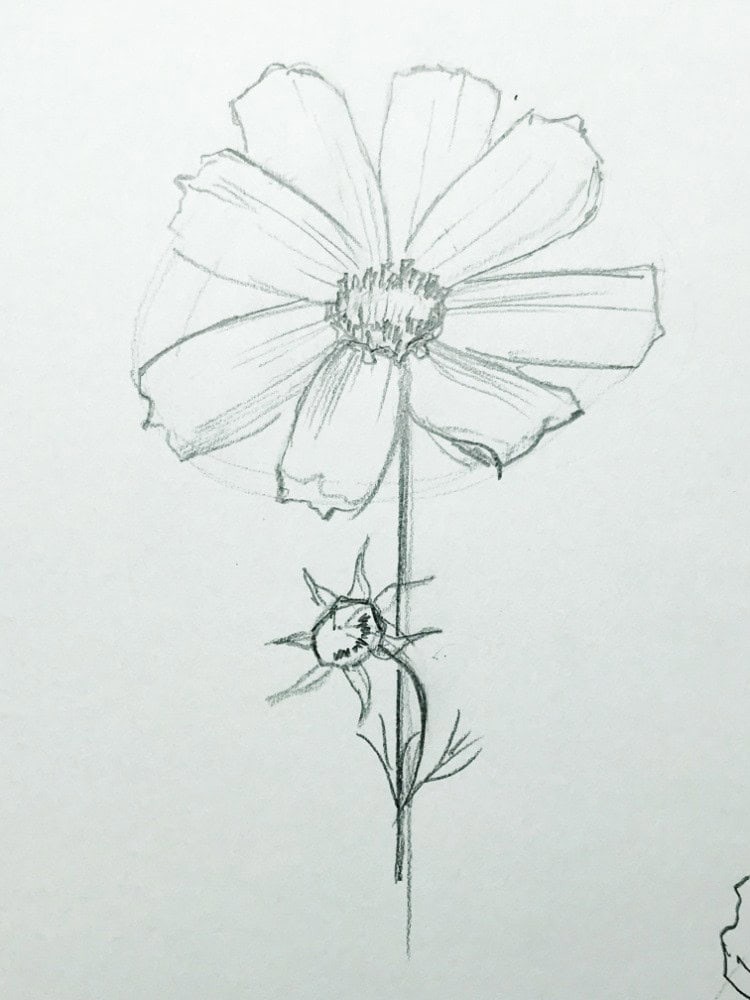
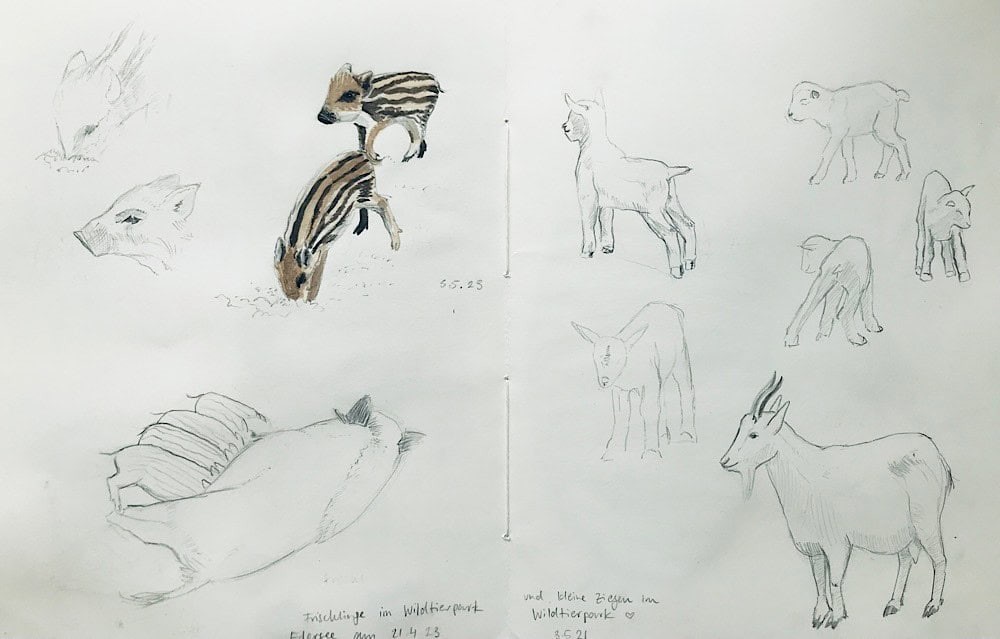
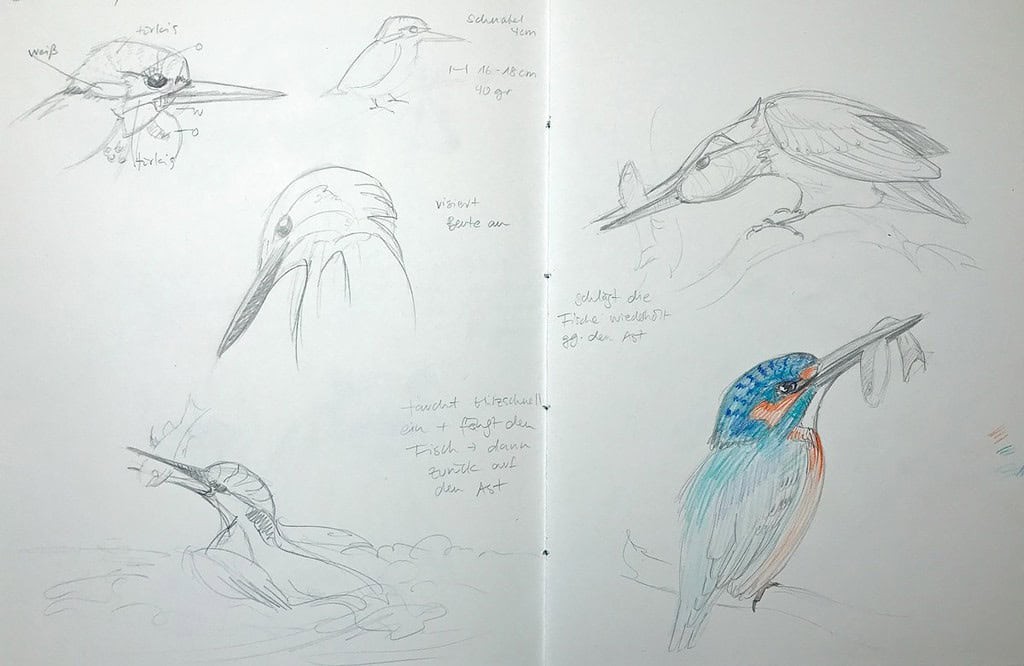
Having the right tools and materials is just the start, consistent practice is also critical for improving your art.
10. The Benefits of Learning to Draw
Learning to draw offers numerous benefits beyond just creating art. It enhances cognitive skills, promotes relaxation, and boosts creativity.
10.1. Cognitive Benefits
Drawing improves hand-eye coordination, spatial reasoning, and attention to detail. It also enhances problem-solving skills as you learn to break down complex subjects into simpler forms. According to a study by the National Art Education Association, students who are actively involved in the arts show improved academic performance and cognitive abilities.
10.2. Therapeutic Benefits
Drawing can be a relaxing and therapeutic activity. It allows you to express your emotions and reduce stress. A study published in the Art Therapy: Journal of the American Art Therapy Association found that art therapy significantly reduces anxiety and improves mental well-being.
10.3. Boosting Creativity
Drawing encourages creative thinking and innovation. It helps you see the world in new ways and develop unique perspectives. Engaging in creative activities like drawing can stimulate the brain and improve overall cognitive function.
10.4. Enhancing Observation Skills
Drawing requires close observation, which enhances your ability to notice details and understand the world around you. This skill is valuable in many areas of life, from scientific observation to interpersonal communication.
10.5. Building Confidence
As you improve your drawing skills, you’ll gain confidence in your abilities and be more willing to take on new challenges. This confidence can extend to other areas of your life, helping you achieve your goals.
11. Overcoming Common Challenges in Learning to Draw
Learning to draw can be challenging, and it’s normal to encounter obstacles along the way. Here are some common challenges and how to overcome them:
| Challenge | Solution |
|---|---|
| Lack of Confidence | Start with simple subjects and gradually work your way up to more complex ones. Celebrate your progress and focus on what you’ve achieved, rather than what you haven’t. |
| Perfectionism | Remind yourself that mistakes are a part of the learning process. Focus on improving your skills rather than creating a perfect drawing every time. Practice quick sketches to loosen up and reduce the pressure. |
| Lack of Time | Set aside small blocks of time for drawing each day. Even 15-30 minutes of practice can make a big difference over time. Integrate drawing into your daily routine, such as sketching during your commute or lunch break. |
| Difficulty with Perspective | Study basic perspective techniques and practice drawing simple shapes in perspective. Use online resources and tutorials to learn the fundamentals. Start with one-point perspective and gradually move on to two- and three-point perspective. |
| Frustration with Proportions | Practice drawing basic shapes and focus on getting the proportions right. Use measuring techniques to check your work. Break down complex subjects into simpler shapes to make them easier to manage. |
| Difficulty with Shading | Experiment with different shading techniques and practice creating smooth transitions. Use blending stumps or your fingers to soften the shading. Study light and shadow to understand how they affect the appearance of objects. |
| Feeling Discouraged by Mistakes | View mistakes as learning opportunities. Analyze what went wrong and try to correct it in your next drawing. Keep a sketchbook to track your progress and see how far you’ve come. Join a drawing community to share your work and get feedback from others. |
| Lack of Motivation | Set clear goals for yourself and reward yourself when you achieve them. Find a drawing buddy to practice with and keep each other motivated. Try new subjects and techniques to keep your practice interesting. Visit art galleries and museums to get inspired. |
| Comparing Yourself to Others | Remember that everyone learns at their own pace. Focus on your own progress and celebrate your achievements. Use other artists as inspiration, but don’t compare yourself to them. Instead, try to learn from their techniques and apply them to your own work. |
| Not Knowing Where to Start | Start with the basics and gradually work your way up to more complex subjects. Use online resources and tutorials to guide you. Break down the learning process into small, manageable steps. Focus on one skill at a time and master it before moving on to the next. |
12. Real-World Applications of Drawing Skills
Drawing skills are not only valuable for creating art but also have practical applications in various fields.
12.1. Architecture and Design
Architects and designers use drawing to create blueprints, sketches, and renderings of buildings and interiors. These drawings help communicate their ideas and visualize the final product. Drawing skills are essential for creating detailed and accurate representations of architectural designs.
12.2. Engineering
Engineers use technical drawings to design and plan structures, machines, and systems. These drawings provide precise specifications and instructions for manufacturing and construction. Drawing skills are critical for creating accurate and detailed engineering diagrams.
12.3. Medicine
Medical illustrators use drawing to create visual representations of anatomical structures, surgical procedures, and medical conditions. These illustrations are used in textbooks, medical journals, and patient education materials. Drawing skills are essential for creating clear and accurate medical illustrations.
12.4. Animation and Film
Animators use drawing to create characters, backgrounds, and storyboards for animated films and TV shows. These drawings are used to plan the animation and guide the production process. Drawing skills are fundamental for creating compelling and visually appealing animations.
12.5. Fashion Design
Fashion designers use drawing to sketch their designs and create fashion illustrations. These drawings help them visualize their ideas and communicate them to manufacturers and clients. Drawing skills are essential for creating stylish and innovative fashion designs.
12.6. Forensics
Forensic artists use drawing to create composite sketches of suspects based on eyewitness descriptions. These sketches are used by law enforcement to identify and apprehend criminals. Drawing skills are crucial for creating accurate and recognizable composite sketches.
12.7. Education
Teachers use drawing to illustrate concepts and engage students in the learning process. Drawing can help students visualize abstract ideas and improve their understanding of complex topics. Drawing skills are valuable for creating engaging and effective educational materials.
12.8. Marketing and Advertising
Marketers and advertisers use drawing to create storyboards, sketches, and illustrations for advertisements and marketing campaigns. These visuals help them communicate their message and capture the attention of their target audience. Drawing skills are essential for creating impactful and memorable marketing materials.
12.9. Game Development
Game developers use drawing to create concept art, character designs, and environment designs for video games. These drawings help them visualize the game world and guide the development process. Drawing skills are fundamental for creating immersive and visually appealing video games.
12.10. Art Therapy
Art therapists use drawing as a tool to help patients express their emotions, process trauma, and improve their mental health. Drawing can provide a safe and non-verbal way for patients to communicate their feelings and experiences. Drawing skills are valuable for creating a therapeutic and supportive environment.
13. Advanced Techniques to Elevate Your Drawing Skills
Once you’ve mastered the fundamentals, consider exploring advanced techniques to take your drawing skills to the next level.
13.1. Perspective Drawing
Perspective drawing is a technique used to create the illusion of depth and space on a flat surface. It involves using vanishing points and horizon lines to create a realistic sense of perspective. There are three types of perspective: one-point, two-point, and three-point. Mastering perspective drawing is essential for creating believable and immersive drawings.
13.2. Shading and Lighting
Shading and lighting are techniques used to create the illusion of volume and form in a drawing. By using different values of light and dark, you can create a sense of depth and realism. Understanding how light interacts with different surfaces is crucial for creating effective shading.
13.3. Anatomy
Studying anatomy is essential for drawing realistic figures and animals. Understanding the underlying bone structure and muscle groups will help you create more accurate and dynamic poses. Use anatomy books and online resources to learn the basics of human and animal anatomy.
13.4. Composition
Composition refers to the arrangement of elements in a drawing. A well-composed drawing will guide the viewer’s eye and create a sense of balance and harmony. Use the principles of design, such as balance, contrast, and unity, to create effective compositions.
13.5. Texture
Texture refers to the surface quality of an object. By using different drawing techniques, you can create the illusion of different textures, such as rough, smooth, or bumpy. Experiment with different marks and lines to create a variety of textures in your drawings.
13.6. Color Theory
Color theory is the study of how colors interact with each other. Understanding color theory will help you create more harmonious and visually appealing color palettes. Experiment with different color combinations to create a range of moods and effects in your drawings.
13.7. Figure Drawing
Figure drawing involves drawing the human figure from life or from reference images. It requires a strong understanding of anatomy, proportion, and perspective. Practice drawing figures regularly to improve your skills and develop your own style.
13.8. Portrait Drawing
Portrait drawing involves drawing the face and head of a person. It requires a keen eye for detail and a strong understanding of anatomy and proportion. Practice drawing portraits from life or from reference images to improve your skills.
13.9. Landscape Drawing
Landscape drawing involves drawing natural scenes, such as mountains, forests, and rivers. It requires an understanding of perspective, composition, and texture. Practice drawing landscapes from life or from reference images to improve your skills.
13.10. Still Life Drawing
Still life drawing involves drawing inanimate objects, such as fruits, flowers, and household items. It requires a careful observation of light, shadow, and texture. Practice drawing still lifes to improve your observational skills and develop your drawing techniques.
14. Frequently Asked Questions (FAQs) About Learning to Draw
Here are some frequently asked questions about learning to draw, along with detailed answers to help you on your artistic journey:
- Is it possible to learn to draw if I have no natural talent?
- Yes, absolutely. Drawing is a skill that can be learned through practice and dedication, regardless of natural talent. While some people may have a predisposition for art, anyone can improve their drawing skills with the right techniques and consistent effort.
- How often should I practice drawing to see improvement?
- Consistency is key. Aim to practice drawing for at least 15-30 minutes each day. Regular, short sessions are more effective than sporadic, long sessions. The more you practice, the faster you will improve your skills and develop muscle memory.
- What are the best materials for beginners to start with?
- Beginners should start with basic materials such as a set of graphite pencils (HB, 2B, 4B, 6B), a kneaded eraser, a plastic eraser, a pencil sharpener, and a sketchbook with medium-weight paper (70-100 lb). These materials are affordable and versatile for learning the fundamentals of drawing.
- What are some good exercises for improving basic drawing skills?
- Some effective exercises include:
- Practicing straight lines, curves, and basic shapes.
- Drawing from observation, focusing on simple objects.
- Sketching quick gesture drawings to capture movement and form.
- Experimenting with different shading techniques to create depth.
- Copying drawings from reference images to improve accuracy.
- Some effective exercises include:
- How can I improve my accuracy in drawing proportions?
- To improve your accuracy in drawing proportions:
- Use measuring techniques to check the relationships between different parts of your subject.
- Break down complex subjects into simpler shapes to make them easier to manage.
- Practice drawing basic shapes and focus on getting the proportions right.
- Use a grid to help you transfer proportions from a reference image to your drawing.
- To improve your accuracy in drawing proportions:
- How do I learn to draw perspective accurately?
- To learn perspective accurately:
- Study basic perspective techniques, such as one-point, two-point, and three-point perspective.
- Practice drawing simple shapes in perspective, such as cubes, cylinders, and spheres.
- Use vanishing points and horizon lines to create a realistic sense of depth.
- Draw from life and try to identify the perspective in real-world scenes.
- To learn perspective accurately:
- What is the best way to learn shading techniques?
- To learn shading techniques:
- Experiment with different shading methods, such as hatching, cross-hatching, stippling, and blending.
- Study light and shadow to understand how they affect the appearance of objects.
- Use a reference image with clear lighting to guide your shading.
- Practice creating smooth transitions between different values of light and dark.
- To learn shading techniques:
- How can I stay motivated when learning to draw?
- To stay motivated:
- Set clear goals for yourself and reward yourself when you achieve them.
- Find a drawing buddy to practice with and keep each other motivated.
- Try new subjects and techniques to keep your practice interesting.
- Visit art galleries and museums to get inspired.
- Join online drawing communities to share your work and get feedback.
- To stay motivated:
- How important is it to study anatomy for drawing?
- Studying anatomy is essential for drawing realistic figures and animals. Understanding the underlying bone structure and muscle groups will help you create more accurate and dynamic poses. Use anatomy books and online resources to learn the basics of human and animal anatomy.
- What should I do if I get frustrated with my drawings?
- If you get frustrated:
- Take a break and come back to your drawing later with fresh eyes.
- Analyze what went wrong and try to correct it in your next drawing.
- Focus on what you’ve learned and how far you’ve come.
- Remember that mistakes are a part of the learning process.
- Seek feedback from other artists to get new perspectives and suggestions.
- If you get frustrated:
By following these steps and consistently practicing, you can develop your drawing skills and unleash your artistic potential. Remember to stay patient, persistent, and enjoy the journey of learning to draw.
Ready to take your drawing skills to the next level? Visit LEARNS.EDU.VN today to explore our comprehensive courses and resources. Whether you’re looking to master the basics or delve into advanced techniques, we have everything you need to succeed. Start your creative journey with LEARNS.EDU.VN and unlock your artistic potential. Our address is 123 Education Way, Learnville, CA 90210, United States. Contact us via Whatsapp: +1 555-555-1212. Visit our website: learns.edu.vn
